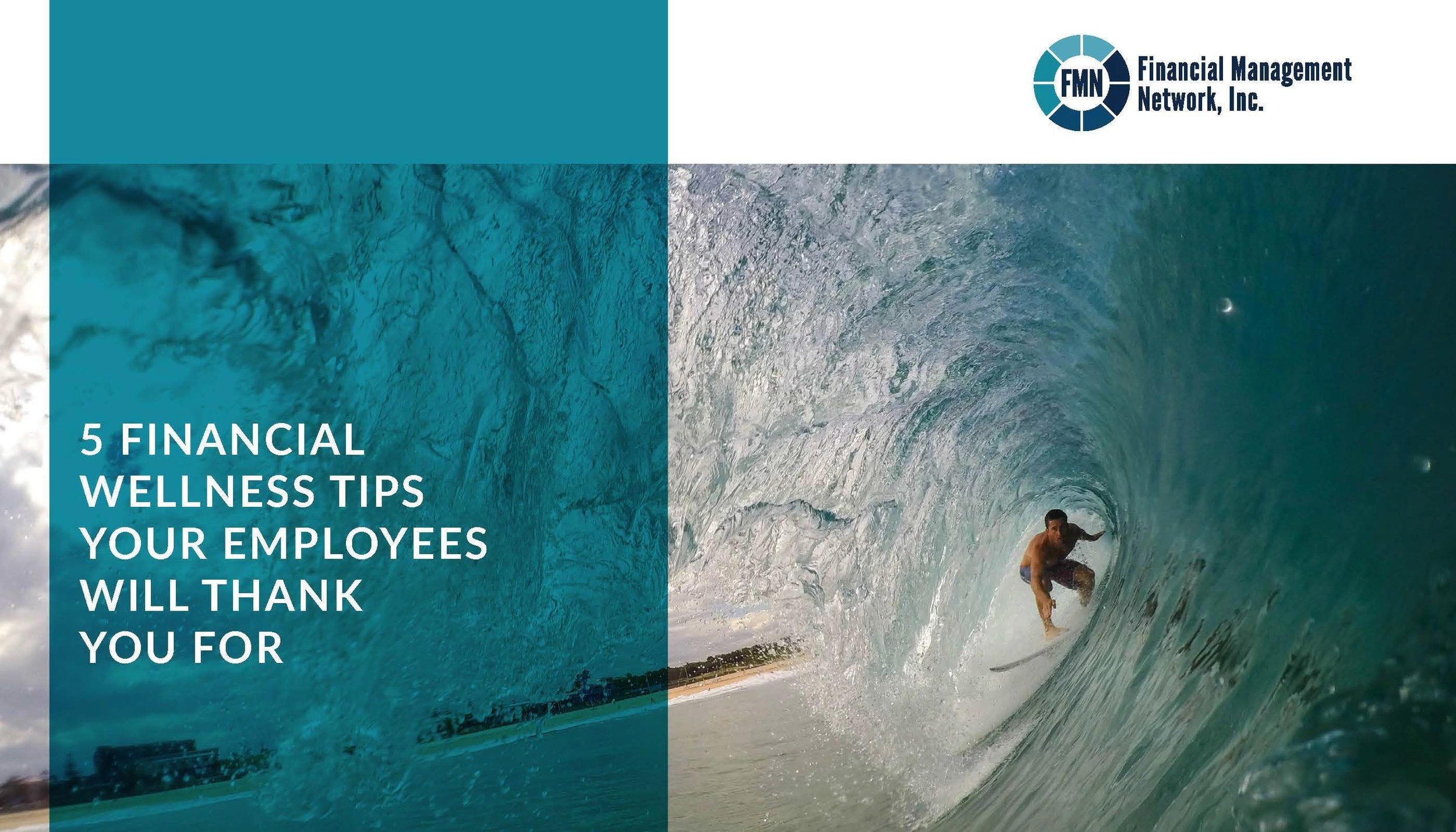Leverage service providers to help your 401(k) plan run more smoothly.
As a retirement plan sponsor, you are a valuable member of a team that includes your recordkeeper, third party administrator (TPA), financial wellness provider and retirement plan advisor. Each member must uphold their roles and responsibilities to maintain a stable and well- standing retirement plan. Much like a table, if one leg fails to support it, you may find yourself with a mess on your hands.
Your retirement plan service providers can help support critical functions such as recordkeeping, plan design, compliance, administration, participant education, investment selection, management and monitoring — all while keeping costs reasonable.
To be sure, partnering with a team of supportive, knowledgeable providers has the potential to contribute to the success of your 401(k) plan and make your life easier.
The Benefits of Partnership
Many plan sponsors opt to outsource to a small, but mighty, team of partners for support with various duties, from plan governance and administration to investment management and financial wellness. Depending upon the provider, some responsibilities may overlap. For instance, some recordkeepers have responded to the financial uncertainty of the past few years by offering emergency savings products that employers can provide as an employee benefit. In the past, these products were primarily in the hands of financial wellness providers.
Generally, however, plan sponsors can get the best “bang for their buck” by utilizing providers according to their strengths. For example, a TPA likely has expertise when it comes to compliance testing, while a recordkeeper may be more knowledgeable about integrating payroll systems and keeping tabs on key plan and participant data.
Partnering with external service providers can deliver several benefits for plan sponsors and participants including improvements in:
· Ease of administration
· Plan effectiveness
· Employee engagement and participation
· Employers’ confidence in their role as a plan fiduciary and
· Employees’ feelings of financial security and well-being.
Keep in mind that outsourcing doesn’t absolve you or your retirement plan committee of fiduciary duties. Ultimately, you are responsible for ensuring that plan providers fulfill their responsibilities and deliver a level of value and service that’s worthy of their fees. That said, these partnerships can help lighten your load and allow you to focus on your core competencies while benefiting from solid partnerships with quality providers.
Who Does What?
In short, there is no cut-and-dry answer. Providers will have varying services and specialties in the areas of 401(k) plan management. In the case of redundancies, you may choose to assign specific responsibilities to the vendors you determine are the most qualified.
Generally speaking, here are some of the 401(k) plan responsibilities your recordkeeper, third party administrator, financial wellness provider and retirement plan advisor partners may take on in whole or in part:
Recordkeeper*
· Processing enrollments
· Managing and tracking participant investments
· Monitoring contribution sources (pre-tax vs. Roth vs. employer match, etc.)
· Keeping track of 401(k) loans and hardship withdrawals
· Generation and distribution of participant account statements
· Providing customer support for plan sponsors and participants
Third Party Administrator (TPA)*
· Managing and monitoring plan compliance and nondiscrimination testing
· Maintaining the accuracy of participant data, including eligibility, vesting, deferrals and loan
distributions, qualified domestic relations orders (QDRO) and required minimum distributions
(RMDs)
· Assisting in preparation of annual Form 5500
· Reconciliation of participant accounts and related errors
· Independent client census review and reconciliations
· Administration and monitoring of participant contributions, data reports and investment fees
· Providing periodic plan reviews and audit support
Financial Wellness Provider*
· Providing financial education for employees
· Facilitation and deliverance of employee benefit offerings, such as emergency savings accounts,
student loan repayment assistance, etc.
· Can help employees reduce financial stress that impacts workplace productivity
· Potentially reduce costs associated with employee turnover
Retirement Plan Advisor*
· Comprehensive plan reviews
· Investment monitoring
· Fee benchmarking
· Provider liaison
· Employer & employee advocacy
· Compliance assistance
· Plan design education
· Employee education & enrollment
· Retirement readiness reporting
* This list is not a complete list. Contact your service provider for an accurate list of services provided to your plan.
Building Your Dream Team
No two plans are alike, so your best bet may be to determine what works for your business and employees and make sure your provider partners deliver on those expectations.
We help our clients evaluate their current service providers, the tools and technology they offer and the value they bring. If you have questions about how to optimize your plan provider partner relationships, we can help. Contact us for additional guidance and to learn more about partnership opportunities.
Contact Information:
























